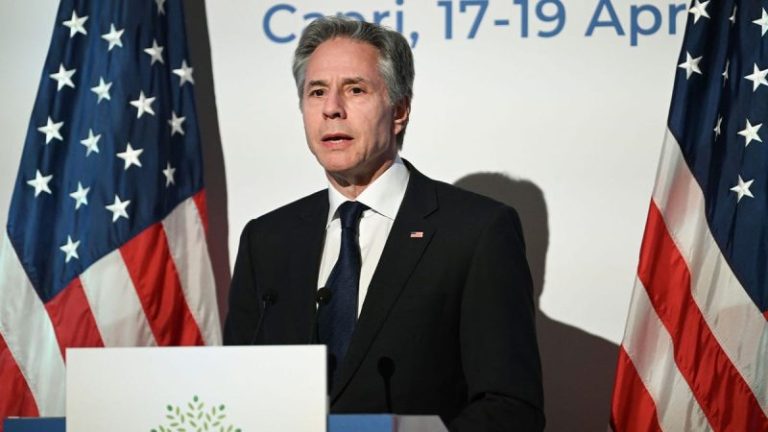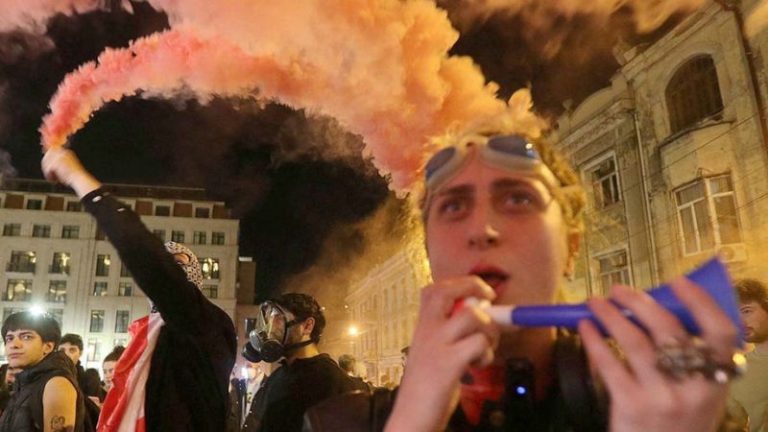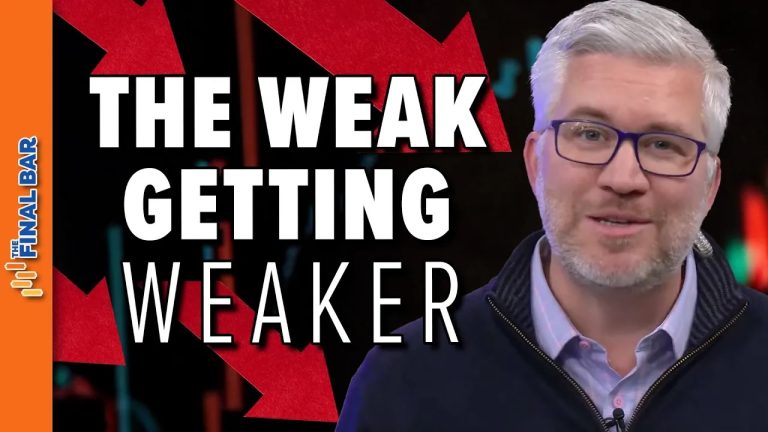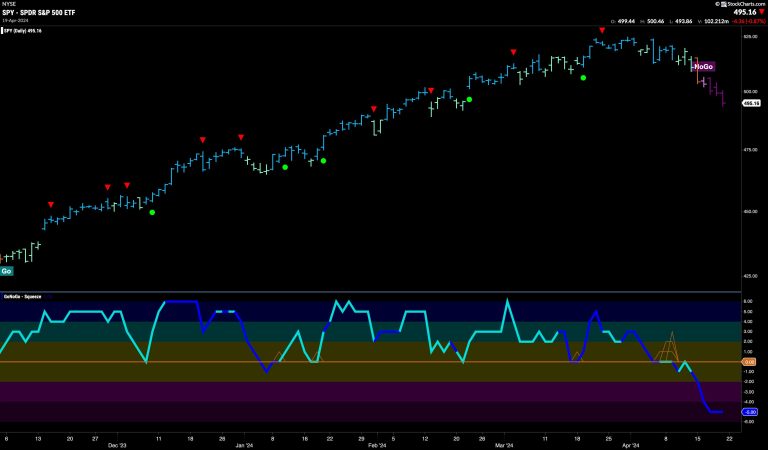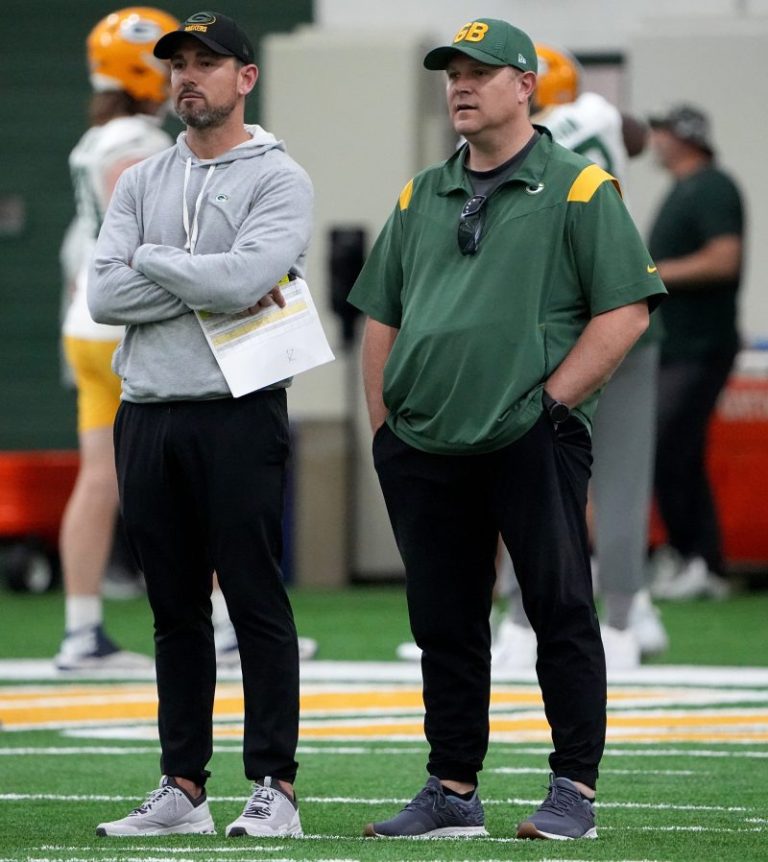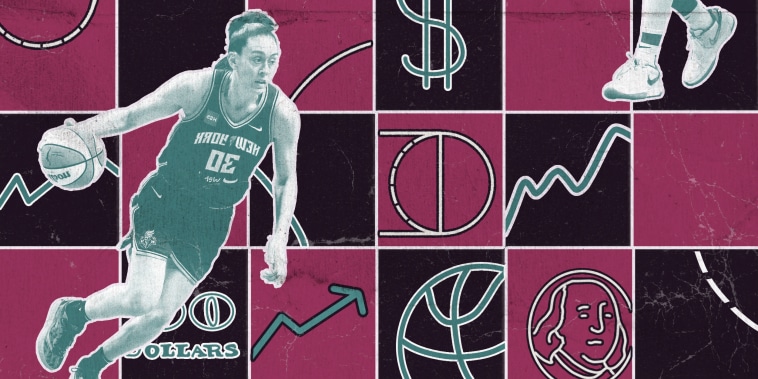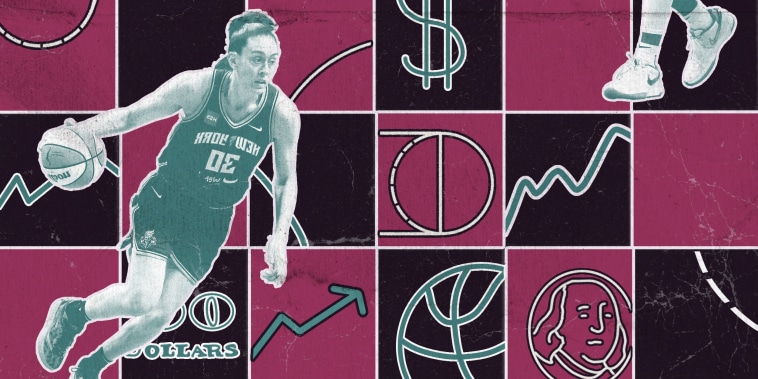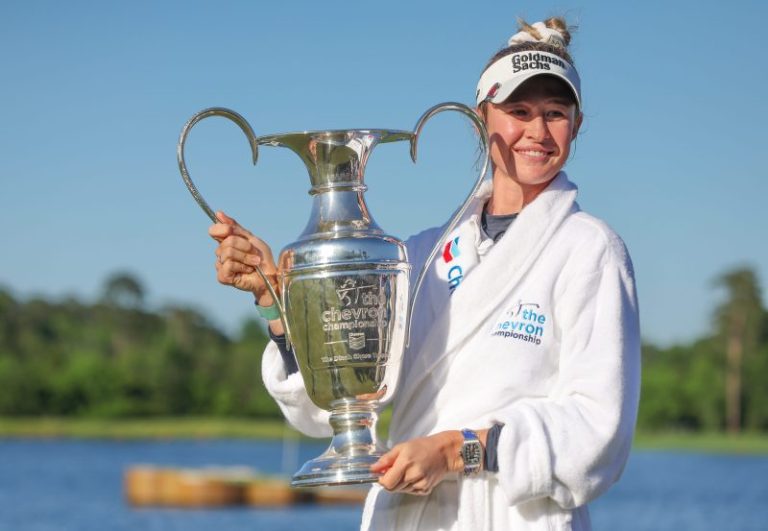THE WOODLANDS, Texas — A bald eagle circled the sky to the right of the fourth tee box on Sunday as Nelly Korda continued her march toward history. A powerful American player hasn’t dominated the LPGA since Beth Daniel in the early ’90s. The last time an American won five consecutive starts: Nancy Lopez in 1978.
It’s no wonder LPGA commissioner Mollie Marcoux Samaan strolled inside the ropes on Sunday afternoon at the Club at Carlton Woods, marveling at one of the best crowds the tour has seen in years.
“This is a gigantic moment for us,” noted the commish, wearing a plaid blazer and a G/Fore baseball cap with LPGA in block pink letters.
Korda’s gutsy and stylish victory at the Chevron Championship signals a new era in the women’s game, one golf hoped would come with Michelle Wie West or Paula Creamer or Lexi Thompson. None of them rose to No. 1, let alone claimed two majors or went on hot streak the likes of which only five players in the history of golf have ever done.
LONGEST GOLF WIN STREAKS: Where Nelly Korda ranks across men’s and women’s golf
Korda, 25, now owns 13 career titles, tying current Solheim Cup captain Stacy Lewis, who did win two majors and rise to No. 1, though she shared the stage with a major-winning machine in Inbee Park.
“It’s everything that I’ve always wanted as a little girl, to lift that major trophy,” said Korda, noting that she felt sick to her stomach after the longest back nine of her life.
Korda returned to the course Sunday morning before the sun rose, with the wind up, temperatures 30 degrees lower and a marathon day ahead. She grinded out a series of pars on the back nine to finish Round 3 one back of South Korea’s Hae Ran Ryu and retreated to put her feet up.
Rest has played a vital role in Korda’s rise. It started with a seven-week break that followed her first victory in her hometown of Bradenton, Florida. After three victories in as many weeks, Korda enjoyed a week off during Masters week and didn’t leave the house for two days as she snuggled with older sister’s Jessica’s infant son Greyson for contact naps and tried to block out the world.
On Sunday, she had a two-hour break between rounds before returning to the range to warm up with her tight-knit entourage of physio, caddie, agent and instructor. She took time to sign autographs and take selfies before heading to the first tee.
When it comes to winning streaks in golf, Byron Nelson leads the way with a mind-blowing 11 in 1945. Tiger Woods won seven straight starts between the 2006-2007 seasons and both Ben Hogan (1948) and Woods (1999-2000) each won six consecutive. Woods also had a streak end at five in 2008. Annika Sorenstam in 2004-05 was the last LPGA golfer to win five in a row before Korda’s run nearly 20 years later.
Early on in Sunday’s final round, it felt like Brooke Henderson was the most likely spoiler to Korda’s run. A thinned chip shot on the fourth hole just off the right side of the green, however, ran into a greenside bunker and the winningest Canadian golfer in history needed two swings to get out. The resulting double bogey came as Korda made a second consecutive birdie.
To her credit, Henderson birdied the next two holes to get back in it. But a chip-in birdie from Korda on No. 10 stretched her lead to four, and it suddenly felt all but inevitable.
The biggest question that point was whether or not Korda would actually take a chilly dip into the murky pond that surrounds the 18th.
Lauren Coughlin, a journeywoman whose husband recently quit his job as a fundraiser at the University of Virginia to travel the world with her, was within two of Korda with three to play but rattled off bogeys on the 16th and 17th to fall back to a share of third.
Sweden’s Maja Stark had a run of her own down the last, but back-to-back birdies on the closing two holes weren’t enough to thwart Korda, who hit three spectacular shots down the stretch to seal her second major title with a fourtn consecutive round in the 60s and a 13-under total.
Tournament officials threw teddy bears to the little girls who’d lined up by the 18th green to watch their hero, chanting her name.
During the trophy presentation, Korda’s team began taking off their shoes to prepare for the celebratory jump. Korda got at the back of the line as they lined up on the dock, led by physio Kim Baughman, agent Chris Mullhaupt, instructor Jamie Mulligan and caddie Jason McDede. Korda went in last, pulling her knees in tight for the cannonball of her life.
“Everyone was talking about creating history,” said Korda’s father Petr, who stayed dry under the scoreboard, “and to do that under this pressure.”
Well, as he said, it was nothing short of phenomenal.
After the cold plunge, the woman who is on a heater of historic proportions clutched a portable heater as she answered questions from the press. She talked about the doubt that crept in after a monster 2021 season that saw her win a major and an Olympic gold medal.
“I heard some outside voices from other people saying that they don’t know if I’ll ever be able to win another major again,” said Korda.
A number of injuries, including a terrifying blood clot that required surgery, held her back in recent years, but she doubled down on the hard work and leaned into a team that feeds off the positivity of Mulligan.
McDede has been on Korda’s bag since she started winning in 2018 and calls Mulligan a father figure to him, noting that aura that surrounds the California instructor.
“We spend a lot of time on the phone together,” said McDede. “He’s always there for you. He’s always got a story to tell you, but then when he looks at you to be locked in, then you’re locked in.”
Korda called McDede her punching bag, her best friend and her teammate. She credited him with keeping her in the moment during a brutally long six-hour round.
The first LPGA player Mulligan ever coached was childhood friend Amy Alcott, the first player who ever jumped in the pond at Mission Hills. The LPGA Hall of Famer sent a text to Mulligan this morning, and they now share piece of LPGA history.
Mulligan doesn’t believe Korda has changed much during the streak, but more slipped deeper into the system they’ve built.
Korda confirmed that she’ll play next week at the JM Eagle LA Championship at Wilshire Country Club, where she’ll try to become the first LPGA player to win six consecutive starts.
The week ended with a similar question Korda fielded at the start: How can this run elevate the tour?
“It’s a stage,” said Korda. “We need a stage.”
Even though final-round action went well past NBC’s scheduled three-hour window, the network continued Chevron coverage until the finish, buoyed by the fact that Scottie Scheffler’s run at the RBC Heritage was on hold due to weather.
“I think all of the stars were aligned for today,” said Marcoux Samaan.
Long live the Nelly Era.
This post appeared first on USA TODAY


